7 Best Craftex Dust Collector Reviews for Efficient Industrial Use
Table of Contents
- Top 7 Craftex Dust Collectors for Optimal Industrial Performance
- Key Features to Look for in an Industrial Dust Collector
- Why Craftex Dust Collectors Stand Out in the Market
- Comparative Analysis of Craftex Dust Collector Models
- User Reviews: Insights on Craftex Dust Collector Efficiency
- Maintenance Tips for Extending the Life of Your Dust Collector
- FAQS
- Conclusion
- Related Posts
When it comes to industrial workspaces, keeping things clean and running smoothly really can’t be emphasized enough. These days, there's a stronger focus on safety and sticking to environmental rules, so having good dust collection systems is pretty much a must-have. Did you know that, according to recent stats, more than 15 million workers in the U.S. are exposed to dangerous dust particles? That can seriously mess with their lungs and even slow down productivity. That's why reviews of the Craftex Dust Collectors are so helpful—they highlight solutions that are built to handle these big industrial challenges. Over here at Shanghai Jiongcheng Industrial Co., Ltd., we’re dedicated to offering top-notch lubrication options that work hand-in-hand with these systems. Our cutting-edge tech and thorough quality checks ensure our lubricants—whether for compressors or vacuum pumps—boost efficiency in places using Craftex dust collectors. Basically, when you combine our high-quality lubricants with solid dust collection setup, industries can become cleaner, safer, and much more productive overall.
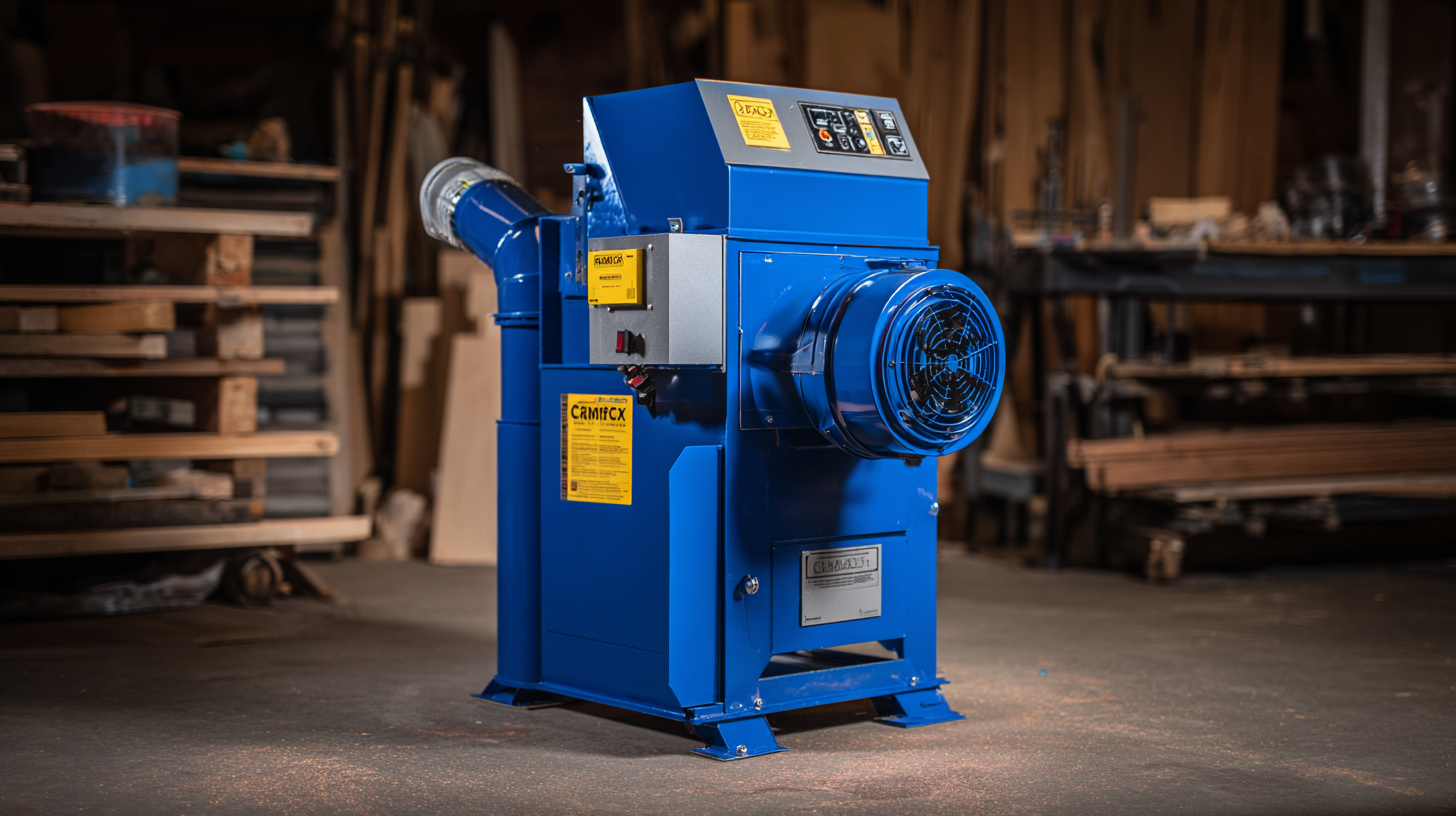
Top 7 Craftex Dust Collectors for Optimal Industrial Performance
When it comes to industrial operations, keeping dust under control isn’t just a chore — it’s actually critical for everything running smoothly. A recent report on air quality management points out that good dust collection systems can boost air quality by up to 95%. That’s pretty impressive, especially when you think about how much better it makes the workspace for employees. Among all the options out there, Craftex dust collectors stand out because of their sturdy build and reliable performance — perfect for those heavy-duty jobs in factories and plants.
Lately, evaluations have shown that the top Craftex models feature some pretty advanced filters that can catch airborne particles as tiny as 0.1 microns. Using these high-performance units not only keeps the air cleaner but also helps industries cut down on costs tied to downtime and maintenance — which is a huge win. Plus, there’s a noticeable drop in workplace hazards, since good dust collection cuts risks from things like combustible dust and breathing problems. All in all, investing in a quality dust collector isn’t just about ticking the box for regulations — it’s a smart move for businesses that wanna boost efficiency and keep their teams safe.
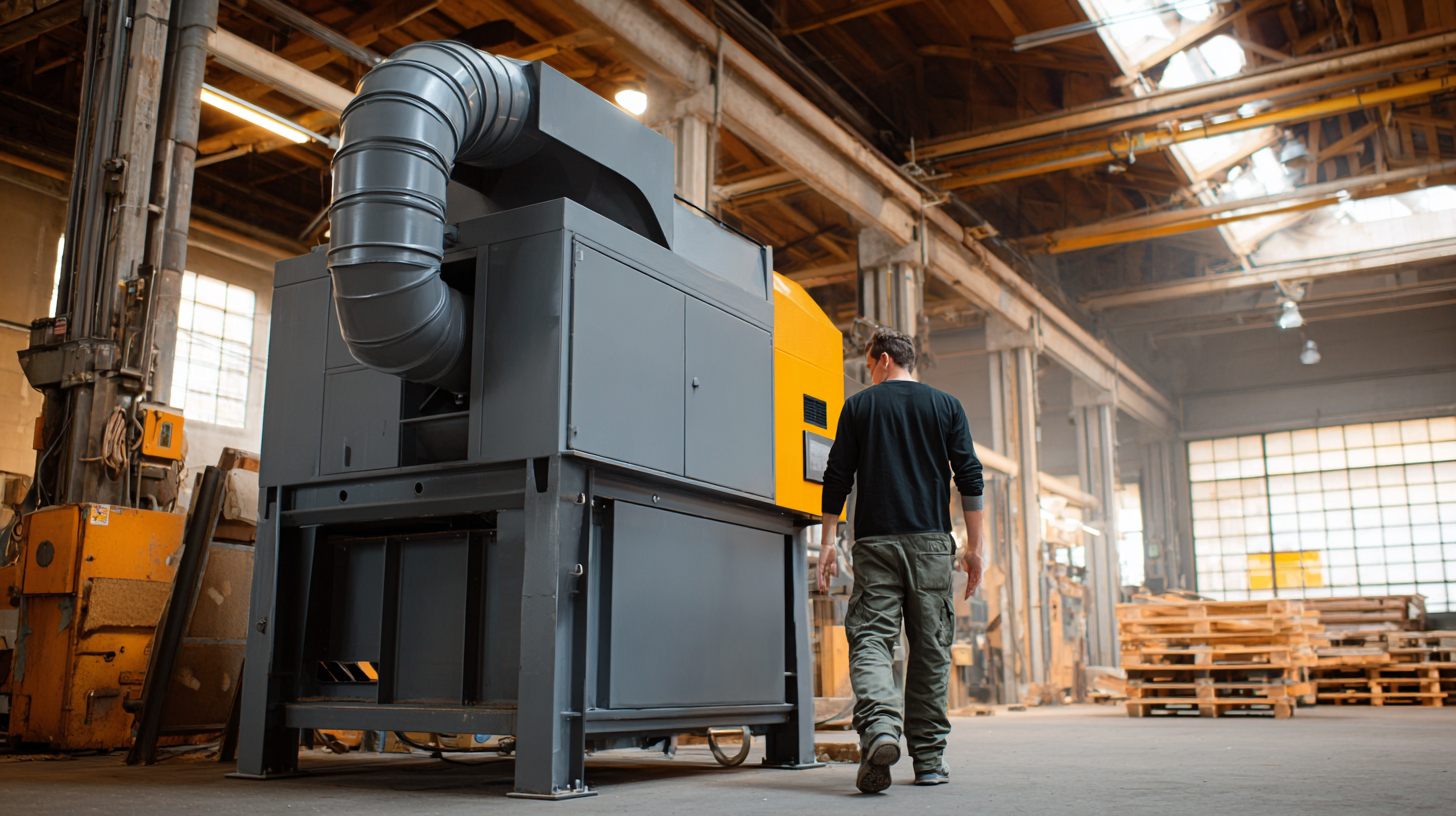
Key Features to Look for in an Industrial Dust Collector
So, when you're picking out an industrial dust collector, it’s really important to focus on features that boost efficiency and keep the air quality top-notch. The market for these systems is actually growing quite a bit—projected to jump from around $8.3 billion in 2025 to nearly $12 billion by 2032. That’s a steady climb with a CAGR of about 5.4%. This really shows how urgent it is for industries to get on board with smarter, more advanced dust extraction solutions that can handle changing needs.
Some key things to look out for? Well, filtration efficiency, airflow capacity, and energy use are huge. HEPA filters, for example, are becoming more and more vital because they do a great job catching those tiny particles that could otherwise sneak through. Plus, having systems with adjustable airflow means you can tweak things to fit different operations without a hassle. And of course, energy-efficient models aren’t just good for the environment—they also save you a bunch on running costs. It’s all about making things sustainable, right?
And honestly, nobody should overlook how crucial it is to improve indoor air quality at work. Modern dust extraction systems seriously help cut down on health risks from airborne junk. As companies focus more on employee safety and staying within environmental rules, investing in high-quality dust collectors isn’t just a good idea — it's a smart move for the future.
Why Craftex Dust Collectors Stand Out in the Market
Craftex dust collectors have really earned a solid reputation in the industry, and it's easy to see why. One of the biggest things that sets them apart is their innovative design. Built specifically for high efficiency, these machines are pretty good at catching even the tiniest dust particles, which means a cleaner, safer workspace. Plus, they’re made to last, so if you’re in industrial settings and need a reliable dust collection system, they’re usually a smart investment.
When you're choosing a Craftex dust collector, it’s a good idea to think about the exact needs of your workspace. Consider things like how big your operation is and how much dust gets kicked up. That’ll help you pick the right model—with the right suction power and capacity. Don’t forget, regular upkeep is super important if you want your dust collector to last. Make sure to clean or swap out filters as recommended, and check the system now and then to keep it running smoothly.
A little tip: positioning your dust collector close to where the dust is actually created—like near saws or sanders—can make a big difference. Also, try to keep your ductwork simple—fewer bends and turns means better airflow and less energy wasted. All this stuff will help your system work better and save you some on energy bills, too.
Comparative Analysis of Craftex Dust Collector Models
When it comes to industrial equipment, having an effective dust collection system is absolutely crucial for keeping the work environment safe and running smoothly. We’ve taken a close look at different Craftex dust collector models, and let me tell you, it really sheds light on their various features, performance levels, and which ones suit different kinds of industrial setups best. Some models pack a punch with high capacity, perfect for big workshops, while others are smaller and more convenient for tight spaces — there’s pretty much something for everyone.
Over here at Shanghai Jiongcheng Industrial Co., Ltd., we get how important it is to keep things clean, especially in industries with high-temp processes. Just like Craftex aims to boost dust collection, we focus on designing top-notch lubrication solutions to make sure your equipment keeps running smoothly even under tough conditions. Our range of compressor and vacuum pump lubricants is all about improving efficiency — kind of like how dust collectors help keep the air safe and clean. We put a lot of effort into using advanced tech and strict quality controls to make sure every product meets the high standards needed for industrial use. So yeah, when you combine good dust collection with reliable lubricants, you’re basically setting your facility up for success.
User Reviews: Insights on Craftex Dust Collector Efficiency
When you're trying to pick out a dust collector for industrial purposes, it's honestly really helpful to look at reviews from other users. They give you a real sense of how well different models perform and how reliable they actually are. For instance, Craftex dust collectors tend to stand out in the reviews — folks seem to really appreciate how well they keep the workspace clean. A lot of users rave about their powerful suction, which does a great job of pulling in those tiny particles so the air stays cleaner and the environment healthier.
Plus, a common theme in the feedback is how easy these units are to set up and operate. Many folks say the instructions are clear enough that installing them isn't a hassle at all. They’re also known for being pretty durable and not needing much maintenance — which is a huge win when you’re dealing with busy industrial sites. Overall, the consensus seems to be that Craftex dust collectors not only perform really well but also last quite a while, making them a solid, dependable choice for keeping things running smoothly.
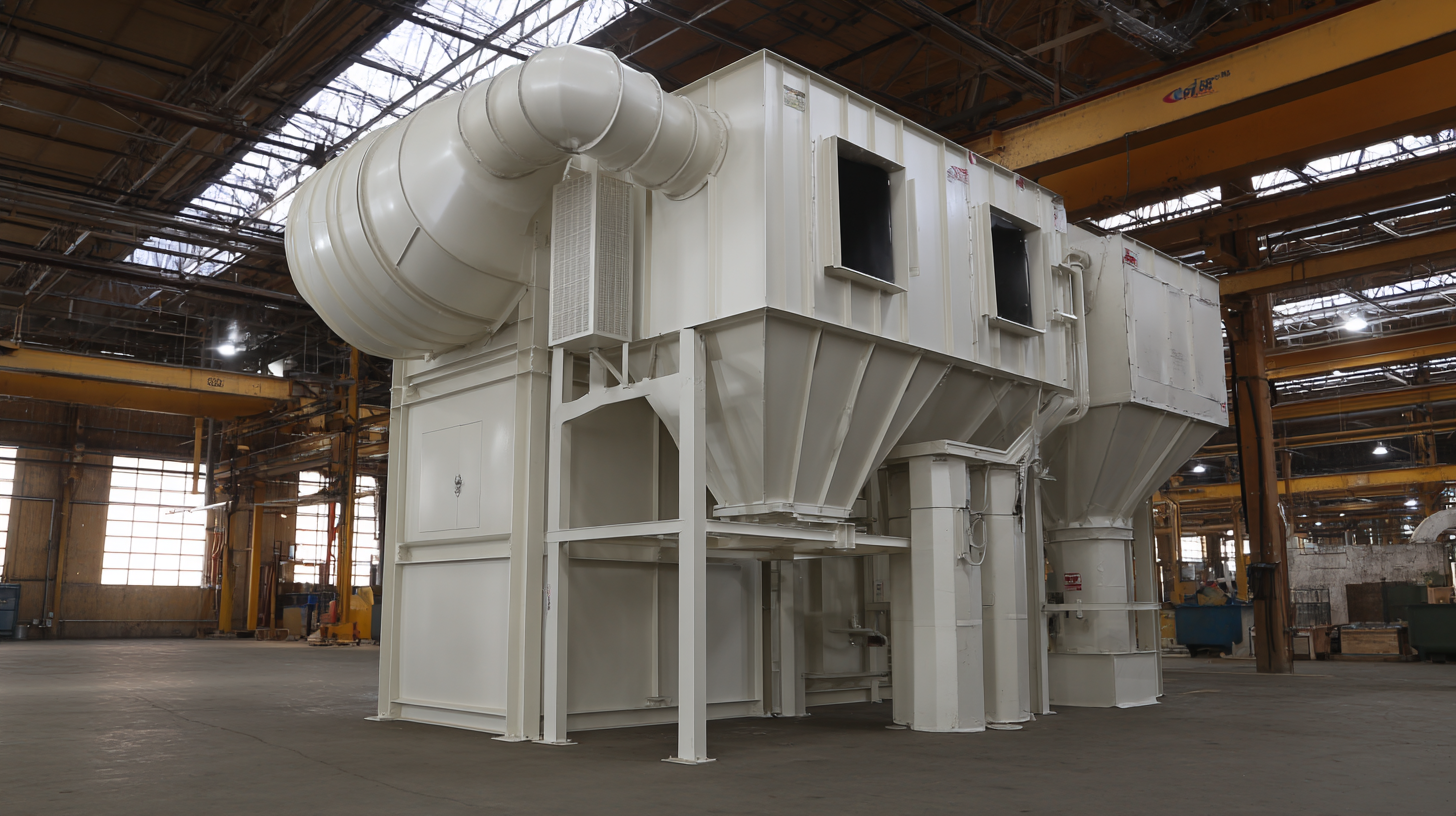
Maintenance Tips for Extending the Life of Your Dust Collector
Taking good care of your dust collector is super important if you wanna make sure it lasts and works like a champ in industrial setups. Regular upkeep isn’t just a chore—it really boosts the system’s efficiency. And let’s be honest, studies show that when dust collection isn’t up to snuff, productivity can drop by about 20%. Nobody wants that slump, right? So, sticking to a solid maintenance routine — like checking filters often and swapping them out when needed — is the way to go. Most manufacturers suggest looking at filters every 100 hours or so, especially if you're in a dusty environment, to keep airflow and suction strong.
On top of that, giving your collector’s parts, like the baghouse or canister, a regular clean helps prevent junk buildup that can mess with its performance. It’s crazy but reports say that a well-kept dust collector can operate at up to 95% of its rated efficiency, which really adds up in savings over time. Operators should also think about using automated cleaning systems or just doing manual clean-outs now and then to keep everything running smoothly. Overall, investing a little time into preventive maintenance isn’t just good for the machine — it also keeps your workers safer, cuts down on downtime, and makes the whole industrial environment run more effectively.
FAQS
: Key features include filtration efficiency, airflow capacity, and energy consumption. High-efficiency particulate air (HEPA) filters, adjustable airflow, and energy-efficient models are crucial for optimal performance.
Filtration efficiency is important because it determines the dust collector's ability to capture fine particulate matter, thereby improving air quality and reducing health risks associated with airborne contaminants.
Airflow capacity affects the dust collector's flexibility to adapt to different operational conditions, ensuring effective dust extraction in various industrial applications.
Regular filter inspections and replacements, cleaning components, and utilizing automated cleaning systems are essential to maintain performance and longevity.
Filters should be inspected every 100 hours of operation, especially in high-dust environments, to prevent decreased airflow and suction power.
Inefficient dust collection can lead to a 20% decrease in productivity, making regular maintenance crucial for operational efficiency.
Investing in high-performance dust collectors enhances workplace safety, ensures compliance with environmental standards, and improves overall air quality in industrial settings.
Energy-efficient models reduce operating costs and align with sustainable practices, making them a cost-effective choice for industrial facilities.
Advanced lubrication solutions ensure that equipment operates smoothly under extreme conditions, complementing the effectiveness of dust collectors in maintaining a clean work environment.
The global industrial dust collector market is projected to grow from $8.27 billion in 2025 to $11.96 billion by 2032, indicating a significant demand for advanced dust extraction systems.
Conclusion
Hey there! So, I read this blog titled "7 Best Craftex Dust Collector Reviews for Efficient Industrial Use," and honestly, it's pretty handy if you're into industrial equipment. The piece dives into what makes Craftex dust collectors stand out—highlighting key features you should look for when picking one. It’s also got a nice side-by-side comparison of different Craftex models, along with some real user reviews that give you a good sense of how they perform in the real world. Plus, it wraps up with some solid tips on maintenance, which can really help extend the life of these machines.
For companies like Shanghai Jiongcheng Industrial Co., Ltd., who deal with lubrication and high-temp chain lubricants, using reliable gear like Craftex dust collectors isn’t just about keeping the workshop tidy—it actually helps make operations smoother and safer. Anyway, if you check out the reviews and insights, you’ll be able to set up a cleaner workspace without sacrificing the quality of your lubricants. It’s all about finding that balance, right?
Related Posts
-

Unlocking Premium Quality: Discover the Best Kuvaldaru Cart Price from China's Leading Manufacturer
-
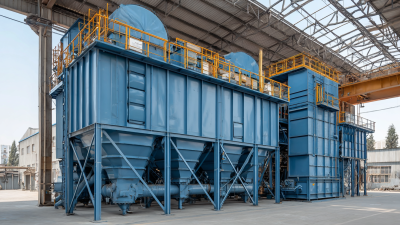
Understanding the Functionality of Baghouse Dust Collector Systems
-
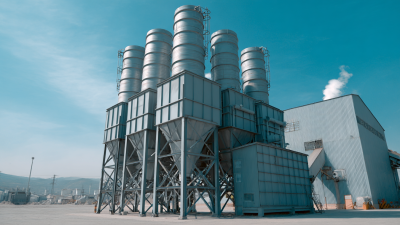
7 Innovative Tips for Understanding the Multi Cyclone Dust Collector Working Principle
-
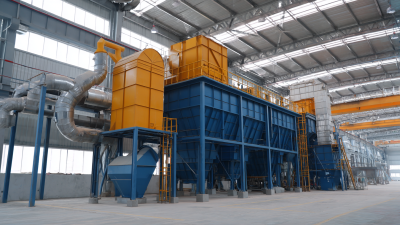
Future Trends in Cyclone Dust Collector Manufacturing Industry for 2025 Insights and Predictions
-

Top Strategies for Selecting the Best Reliant Dust Collector A Guide for Global Buyers
-
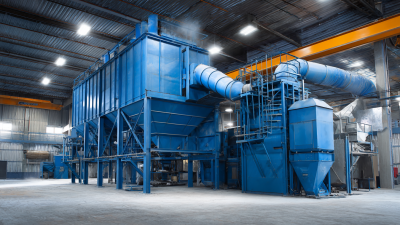
7 Compelling Reasons to Choose the Right Cyclone Dust Collector for Your Business
Blog Tags:
